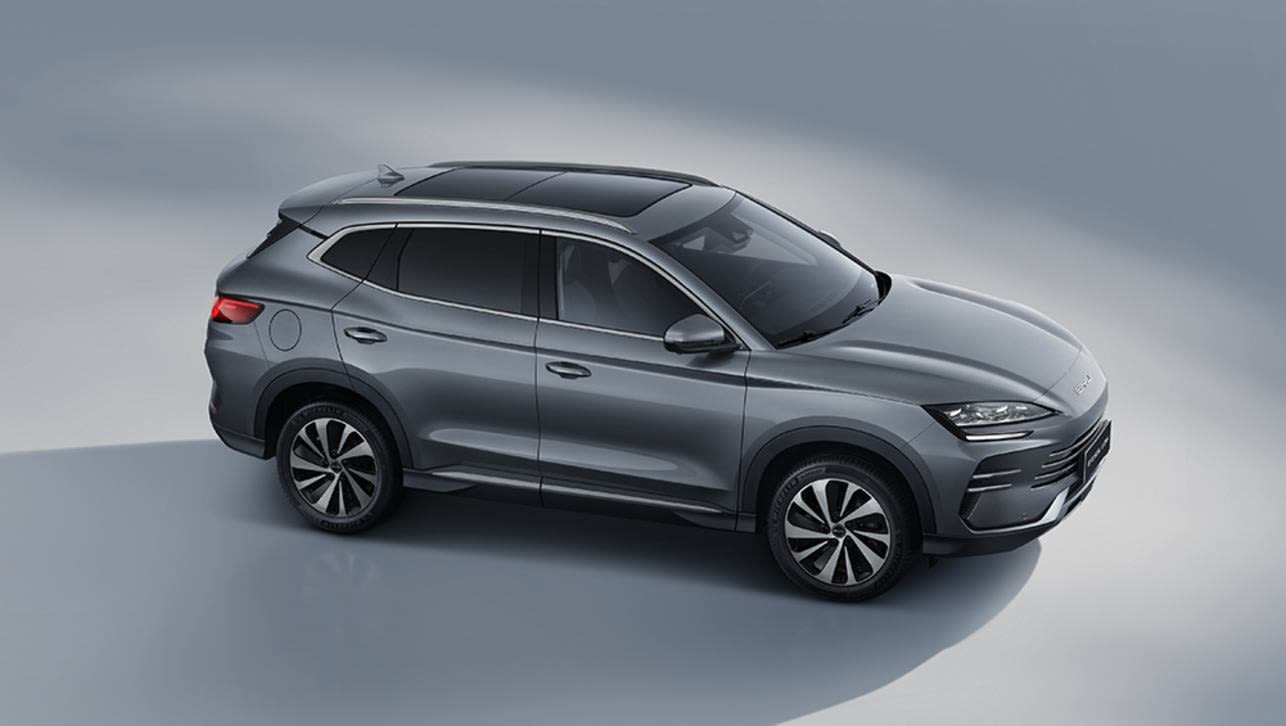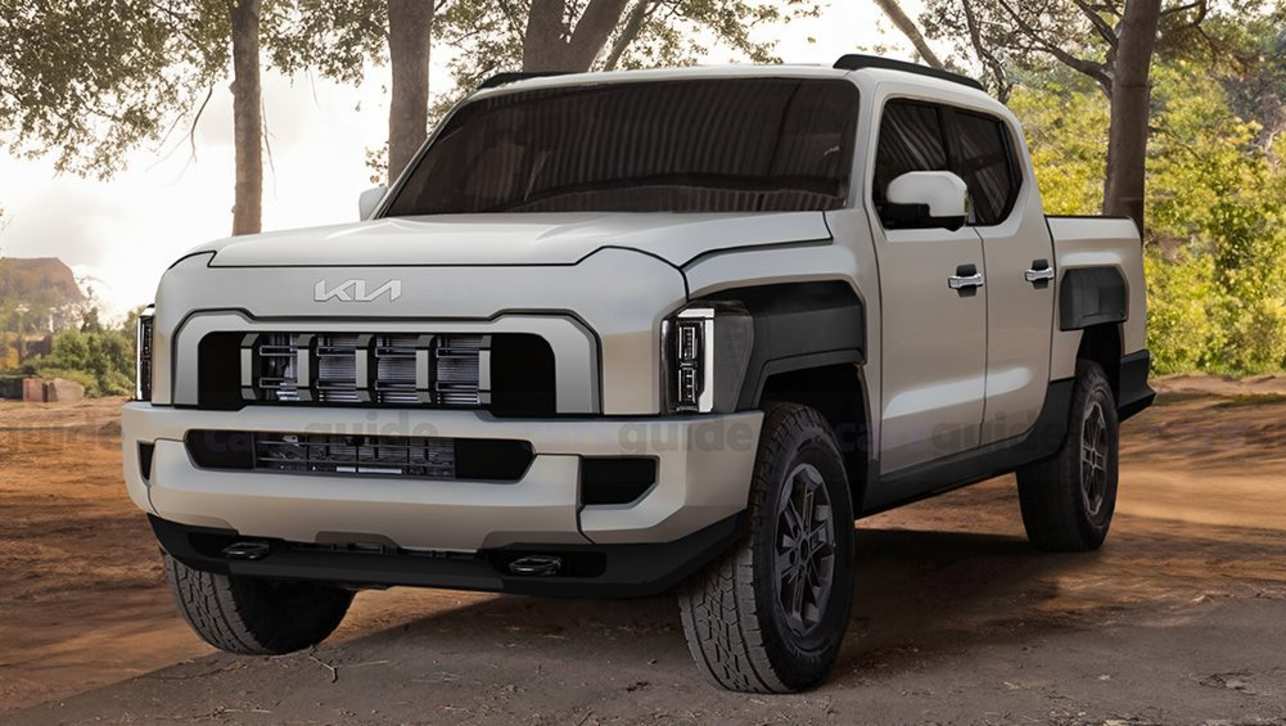While Mazda remains one of the most popular car brands in Australia, maintaining a 9.1 per cent market share in the country bested only by the ever-dominant Toyota’s 21.7 per cent, there are sections of the market that Mazda hopes it can muscle in on.
The Hiroshima car maker is pushing upmarket and looking to take on more and more premium rivals, and its incoming CX-60 is the tool it hopes can achieve that.
The Mazda CX-5 is quite capably beating the likes of the Mitsubishi Outlander, Hyundai Tucson, and Kia Sportage (but not the Toyota RAV4, of course), but Mazda is looking to move into German territory.
The BMW X3, Mercedes-Benz GLC, Audi Q5, and Volvo XC60 are in the CX-60’s sights, so here’s a brief on-paper breakdown of how the new Mazda SUV stacks up.
Arrival timing
Mazda's CX-60 is yet to arrive in local showrooms or go on sale, but Mazda Australia already has tyres on the ground with a couple of models undergoing testing in the hopes Australia can influence “the future success of this landmark model”.
The first CX-60s are expected to arrive for customers in late Q1 2023.
The BMW X3 was updated late last year, while a new-gen Mercedes GLC (which we've driven overseas) will arrive in a similar timeframe to the CX-60. The Audi Q5 is almost a couple of years on from its last update, while the Volvo XC60 copped a minor update earlier this year after its midlife facelift in 2021.
Price and Features
While it was initially expected an Australian debut for the CX-60 would come in the form of a non-hybrid variant starting around $55,000, Mazda has confirmed only electrified drivetrains would be available locally, meaning the CX-60’s entry price could creep significantly closer to the usually-above $70,000 starting price of its Euro rivals.
While we’re not sure Mazda is ready to offer a mid-size SUV for six-figures like some of the top-spec versions of premium models - the $104,500 before on-road costs BMW X3 xDrive30e for example - the brand says the CX-60 will come in three “comprehensively equipped” trim levels.
Through the Evolve, GT, and Azami flagship specifications (and regardless of drivetrain) the Mazda CX-60 will come with features like wireless Apple CarPlay and Android Auto, wireless phone charging, a powered tailgate, keyless entry, and powered exterior mirrors with auto-folding, heating and auto-dimming.
The CX-60 is also expected to boast an interior finish a cut above what Mazda already delivers. While CarsGuide was able to test a pre-production CX-60 in Portugal earlier this year with a fairly standard Mazda interior, images from recent builds show a more upmarket interior with elements like real wood panelling and traditional Japanese-inspired stitching across the fabric dashboard trim.

The BMW X3 range starts with the $76,600 (before on-road costs) front-wheel drive 20i, while you can get into a (soon-to-be-replaced) Mercedes-Benz GLC from $74,976 as pricing for the new-gen version is yet to be revealed. However, the biggest challenge for Mazda will be keeping the price below the likes of the $68,350 Audi Q5 35TDI or the $69,490 Volvo XC60 B5.
If the CX-60 comes together in customer-delivered cars with a proper fit and finish, and if Mazda keeps prices competitive, the Euros have some reason for concern.
Performance
One of the main elements Mazda hopes will elevate the CX-60 above its siblings like the CX-5 is the new rear-biased AWD platform it’s built on, which not only allows for a four-cylinder engine with plug-in hybrid system, but also for a drivetrain powered by a 3.3-litre inline six-cylinder engine.
The latter of the two layouts also accommodates both petrol and diesel versions, both with Mazda’s 48-volt mild-hybrid system incorporated.
For the petrol version of the six-cylinder, 209kW and 450Nm are the quoted outputs, while the diesel version makes less power at 187kW, but more torque with 550Nm.

But it’s the four-cylinder PHEV version that gets to claim the glory, with the 2.5-litre naturally aspirated engine paired with a 100kW electric motor and 355V, 17.8kWh lithium-ion battery for a total system output of 241kW and 500Nm. It’s Mazda’s most powerful road car yet.
While the tech and outputs are a step up for Mazda, it’s also given it a leg up against rivals. Some of the most powerful versions of the premium Euros just match or at least are close to the CX-60 PHEV.
The top-spec Volvo XC60 Recharge T8 makes 233kW and 400Nm from its similar drivetrain, while Audi’s less techy 3.0-litre turbo diesel V6 50TDI makes 210kW and 620Nm.
For BMW, without getting into M territory, the 215kW/420Nm X3 xDrive30e will set you back a hefty $104,900, not likely somewhere Mazda is looking to reach.











.jpg)

.jpg)
.jpg)
.jpg)



.jpg)
.jpg)

.jpg)
.jpg)
.jpg)
.jpg)
.jpg)



.jpg)
Comments